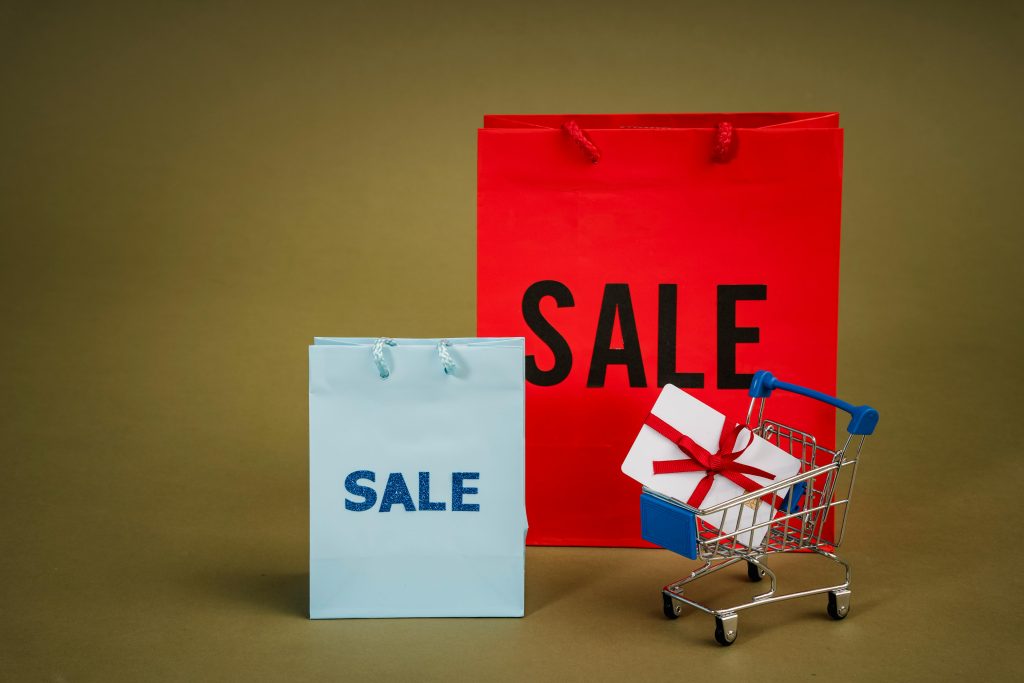Commodities are everyday goods that can often be easily replaced with other similar items, resulting in comparable prices across the global market. However, businesses have found ways to differentiate commodities, making them less generic and allowing for the possibility of commanding a higher price point. This strategy has been successfully employed by companies for quite some time, such as those offering organic or fair trade coffee and beef from specific regions.
A great example is David’s Tea, a company that has transformed the mundane act of purchasing tea into an immersive and memorable experience. Customers have the opportunity to touch, smell, and taste different flavored tea leaves before making a purchase. This same innovative concept can be applied to other simple goods, like gelato, by offering a diverse range of flavors and unique presentations to create an exceptional customer experience. By combining a well-known brand, such as Häagen-Dazs, with high-quality ingredients and innovative flavors, a commodity can be elevated into a premium product that customers are willing to pay a premium for.
However, it’s not just businesses that can benefit from enhancing and differentiating commodities. In both our personal and professional lives, we encounter commodities, and there is often room for improvement to provide exceptional experiences for consumers.
To achieve this, it’s crucial to empathize with end users and gain a deep understanding of how they interact with and feel about the product. Identifying any unmet needs serves as a valuable starting point for innovation, allowing businesses to revolutionize their commodities and stand out in a competitive market. For instance, museums and tourist attractions have successfully charged extra fees for unique experiences, such as allowing customers to take pictures during their visit or providing live opera performances.
By closely examining how end clients utilize their products and services, businesses can identify opportunities to add additional experiences that provide unique value to their customers. Let’s explore a few more examples to illustrate this concept:
Customized Clothing
While clothing is often considered a commodity, companies like Nike have turned it into a personalized experience. Nike allows customers to design their own sneakers online, choosing colors, materials, and even adding their names. This customization transforms a simple pair of shoes into a unique fashion statement.
Fast Food Chains
Fast food is a classic commodity, but some chains, like McDonald’s, have introduced limited-time offerings and regional specialties. The McFlurry, for example, is a unique dessert option that differentiates them from competitors.
Car Rentals
Car rental companies often offer a range of car models, but some have started offering unique experiences like renting luxury cars, sports cars, or even vintage classics. This turns a basic transportation service into a memorable adventure.
Subscription Boxes
Subscription boxes are a creative way to transform commodity products into exciting surprises. Companies like Birchbox curate beauty products, and Loot Crate provides collectibles, creating anticipation and delight for subscribers.
The key to turning commodities into something unique lies in understanding your customers, identifying their unmet needs, and finding innovative ways to enhance the commodity’s value. Whether it’s through customization, special experiences, or unique offerings, businesses can break away from the generic and create memorable, high-value products that consumers are willing to pay more for.
_____
RELATED BLOGS
- Service Design – 5 Star Resorts and Hotels
- Dynamic Mindset: The What, the Why, and the How
- Antifragility in Business
If you are interested in how Spring2 Innovation can help your teams thrive, contact us for more information.
